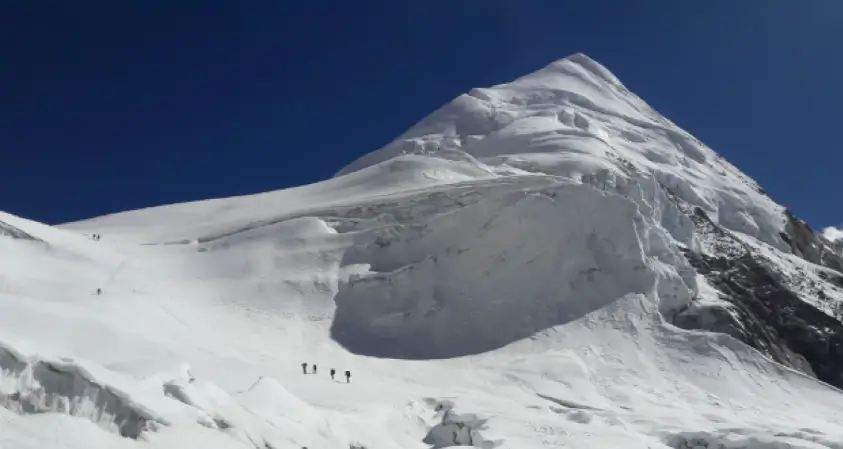Seven Killed in Yalung Ri Avalanche, Nepal
A devastating avalanche has struck the base camp of Yalung Ri (5,630 m) in Nepal’s Rolwaling Valley, leaving seven people dead and four injured, according to local authorities.
The victims include three Americans, one Canadian, one Italian, and two Nepalese. Police and tourism officials confirmed that the climbers were part of a guided group of 15, who were on the lower slopes of Yalung Ri when the avalanche hit around 9:00 a.m. local time.
The group’s primary objective was Dolma Khan (6,332 m), a neighboring peak, and they were using Yalung Ri for acclimatization, officials told The Kathmandu Post.
Acclimatization Turned Tragic
Several commercial expeditions that operate in the Rolwaling Himal region use Yalung Ri as a preparatory climb for higher nearby summits such as Dolma Khan. While Dolma Khan requires a formal climbing permit, Yalung Ri only needs a general trekking permit, making it a common acclimatization choice for climbers.
The peak lies close to the Tibetan border, flanked by two striking Himalayan giants – Gauri Shankar (7,134 m) and Beding Go (6,125 m) – both known for their avalanche-prone slopes and heavy snowfall in late autumn.
As of October 31, Nepal’s Department of Tourism had issued only one climbing permit for Dolma Khan this season, for a team of two men and one woman. However, social media reports suggest that the affected group consisted of three foreign members and six Nepalese climbers led by 17-time Everest summiter Phurba Tenjing Sherpa, with Nima Gyalzen Sherpa as the climbing leader.
The foreign climbers were reported as two Italians and one French woman, raising questions about whether the deceased included additional trekkers or climbers training on Yalung Ri before heading toward other peaks.
Authorities are currently working to verify the identities of all victims and survivors and clarify the discrepancy between permit records and the number of foreigners involved.
Rescue Efforts Hampered by Weather and Clearance Delays
Rescue operations were launched immediately after the avalanche, but helicopter evacuations faced significant delays. “There are flight restrictions in the Rolwaling region which require special administrative clearance for helicopter movements,” reported The Kathmandu Post.
Even after the necessary permissions were granted, adverse weather caused further delays, complicating the retrieval of victims and the evacuation of the injured to Kathmandu.
Local sources noted that snow conditions remain unstable across the Rolwaling Valley following days of heavy precipitation linked to Cyclone Montha, which has battered western and central Nepal with snow and rain.
Rarely Climbed, Increasingly Popular
Yalung Ri, though relatively moderate in altitude, is known for its technical glacier approach and steep lower slopes. It is often used by guided groups and mountaineering schools for training or acclimatization before attempting higher summits.
Situated near Beding Village, the area remains one of Nepal’s most remote and least developed climbing regions, where logistical challenges and unpredictable weather often complicate rescue efforts.
The tragedy underscores the growing risks of autumn climbing in the Himalaya, as changing climate patterns and late-season storms increasingly affect the country’s busiest trekking and mountaineering period.

